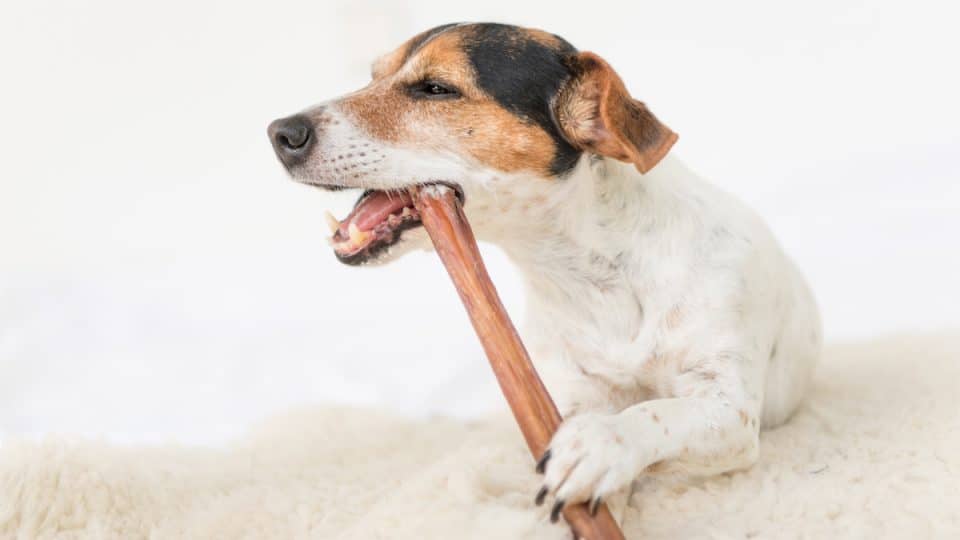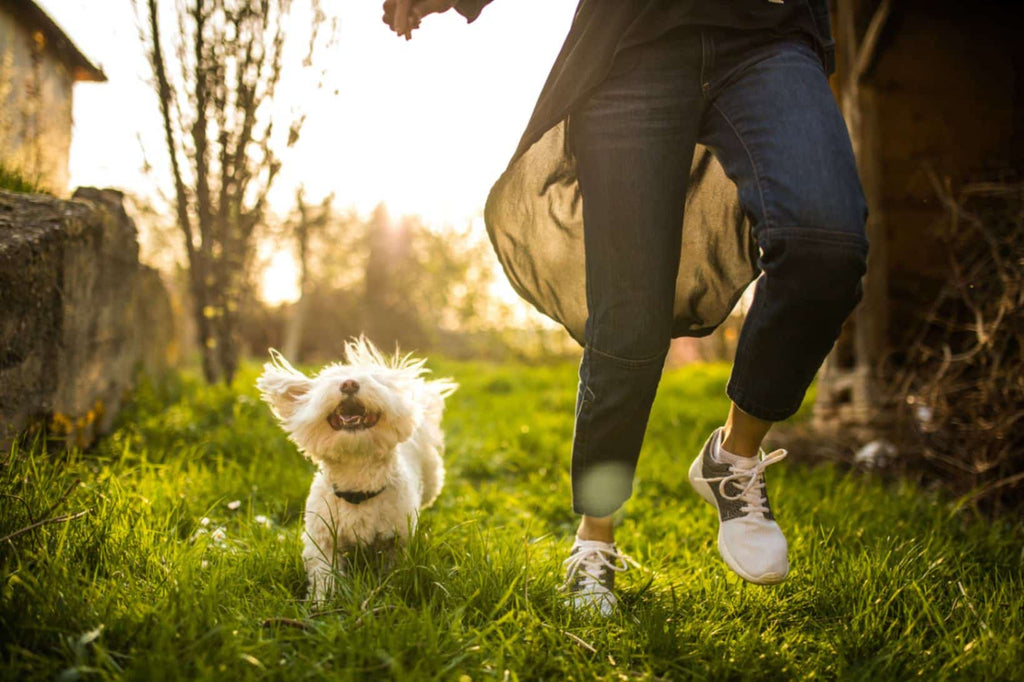
The Ultimate Guide to Dog Socialization: Techniques, Tips, and Benefits

Socialization is a critical component of raising a well-adjusted and confident dog. Proper socialization helps your dog become comfortable in various environments, interact positively with other dogs and people, and reduce fear-based behaviors. This comprehensive guide delves deep into the importance of dog socialization, effective techniques, and tips to ensure your dog develops strong social skills.
Section 1: The Importance of Dog Socialization
1. Behavioral Benefits: Socialized dogs are less likely to develop behavioral problems such as aggression, fear, and anxiety. They tend to be more relaxed and confident in new situations, reducing the likelihood of stress-induced behaviors (Fluffy Tamer) (DecsPets).
2. Safety: A well-socialized dog is less likely to react aggressively towards unfamiliar people or animals, making them safer to be around. This is particularly important in public settings and around children (The Rich Groomer).
3. Improved Relationships: Socialization strengthens the bond between you and your dog. By exposing your dog to various experiences together, you build trust and deepen your relationship (Pet Services at your doorstep).
4. Mental Stimulation: Socializing your dog provides mental stimulation, keeping them engaged and reducing boredom. This is essential for their overall well-being and happiness (The Rich Groomer).
5. Enhanced Quality of Life: A well-socialized dog enjoys a richer, more fulfilling life. They can confidently explore new environments, participate in various activities, and interact positively with other dogs and people (The Rich Groomer).
Section 2: When and How to Socialize Your Dog
1. Early Socialization: The critical period for socializing puppies is between 3 and 14 weeks of age. During this time, puppies are more receptive to new experiences and less likely to develop fear responses (Fluffy Tamer).
2. Socialization Techniques:
- Introduce New Environments: Gradually expose your dog to different environments, such as parks, busy streets, and various indoor settings. Start with quiet places and slowly increase the level of activity and noise.
- Positive Reinforcement: Use treats, praise, and play to reward your dog for calm and positive behavior in new situations. This helps them associate new experiences with positive outcomes.
- Controlled Interactions: Arrange controlled interactions with other dogs and people. Begin with calm, well-behaved dogs and friendly, dog-savvy people.
- Desensitization: Gradually expose your dog to things that might cause fear, such as loud noises or unfamiliar objects, in a controlled and positive manner.
3. Socialization Classes: Enroll your dog in socialization classes or puppy kindergarten. These classes provide structured environments where your dog can interact with other puppies and learn essential social skills under professional supervision (The Rich Groomer).
Section 3: Socializing Adult Dogs
1. Challenges of Adult Socialization: Socializing adult dogs can be more challenging than socializing puppies, but it is still possible and beneficial. Adult dogs may have established fears or anxieties that require patience and a gradual approach (Pet Services at your doorstep).
2. Techniques for Adult Dogs:
- Slow Introductions: Introduce new experiences, people, and dogs slowly and at a pace your dog is comfortable with. Avoid overwhelming them with too many new stimuli at once.
- Positive Experiences: Focus on creating positive associations with new experiences. Use high-value treats and praise to reward calm behavior.
- Professional Help: Consider working with a professional dog trainer or behaviorist, especially if your dog has significant fear or aggression issues. They can provide tailored guidance and support.
3. Building Confidence:
- Training Exercises: Engage your dog in training exercises that build confidence and trust. Teach basic commands and gradually introduce more complex tasks.
- Interactive Toys: Use interactive toys and puzzles to provide mental stimulation and reduce anxiety.
- Consistent Routine: Maintain a consistent daily routine to provide a sense of security and predictability for your dog.
Section 4: Socialization Tips and Best Practices
1. Be Patient: Socialization is a gradual process that requires patience and consistency. Avoid rushing your dog into new situations and allow them to progress at their own pace.
2. Observe Body Language: Pay attention to your dog's body language. Signs of stress or fear include cowering, tail tucking, excessive panting, and avoidance. If your dog shows these signs, remove them from the situation and try again later (DecsPets).
3. Avoid Negative Experiences: Negative experiences can set back the socialization process. Avoid situations where your dog may feel threatened or overwhelmed. Always aim for positive, controlled interactions.
4. Continue Socialization: Socialization is an ongoing process. Continue exposing your dog to new experiences, people, and environments throughout their life to maintain their social skills and confidence (The Rich Groomer).
5. Socializing with Other Animals: Introduce your dog to other animals, such as cats, in a controlled and positive manner. Use barriers like baby gates initially to allow them to observe each other safely.
Section 5: Addressing Specific Socialization Challenges
1. Fear of Strangers: Some dogs may be fearful of strangers. To address this:
- Gradual Exposure: Slowly introduce your dog to new people in a calm, controlled environment. Use treats and praise to reward calm behavior.
- Positive Interactions: Encourage positive interactions with strangers, such as offering treats or gentle petting.
2. Reactivity to Other Dogs: Dogs that react aggressively towards other dogs need careful handling:
- Controlled Environment: Use a controlled environment for introductions. Start with parallel walks, where the dogs can see each other but remain at a distance.
- Professional Training: Work with a professional trainer to address reactivity issues and teach your dog to remain calm around other dogs.
3. Separation Anxiety: Dogs with separation anxiety struggle when left alone:
- Gradual Desensitization: Gradually increase the time your dog spends alone. Start with short periods and slowly extend the duration.
- Comfort Items: Leave comfort items, such as a favorite toy or blanket, to help ease anxiety.
4. Noise Phobias: Dogs may be scared of loud noises like thunderstorms or fireworks:
- Desensitization: Gradually expose your dog to recorded sounds of thunderstorms or fireworks at a low volume, paired with positive reinforcement.
- Safe Space: Create a safe, quiet space where your dog can retreat during loud events.
Section 6: The Benefits of a Well-Socialized Dog
1. Better Behavior: A well-socialized dog is more likely to exhibit good behavior, both at home and in public. They are less prone to fear-based reactions and are more comfortable in various situations (DecsPets).
2. Enhanced Quality of Life: Socialization enriches your dog’s life by providing mental stimulation and reducing stress. A well-socialized dog is happier, more relaxed, and enjoys a better quality of life (The Rich Groomer).
3. Stronger Bond: Through socialization, you build a stronger bond with your dog. Shared positive experiences and consistent training create a foundation of trust and understanding (Pet Services at your doorstep).
4. Safety and Security: Socialized dogs are safer to be around. They are less likely to react aggressively towards unfamiliar people or animals, making them more predictable and secure companions (Fluffy Tamer).
Conclusion
Socializing your dog is a crucial aspect of responsible pet ownership that significantly impacts their behavior, happiness, and overall well-being. By understanding the importance of socialization, implementing effective techniques, and continuing the process throughout your dog’s life, you can ensure they become a well-adjusted and confident companion. Remember, patience, positive reinforcement, and consistency are key to successful socialization.
FAQs:
Q: At what age should I start socializing my puppy? A: The critical period for socializing puppies is between 3 and 14 weeks of age. Early socialization during this time is most effective.
Q: Can I socialize an adult dog? A: Yes, socializing an adult dog is possible but may require more time and patience. Slow introductions and positive reinforcement are key.
Q: What are some signs that my dog is stressed during socialization? A: Signs of stress include cowering, tail tucking, excessive panting, and avoidance. If your dog shows these signs, remove them from the situation and try again later.
For more detailed information and resources, you can visit AKC, ASPCA, and Cesar's Way.






